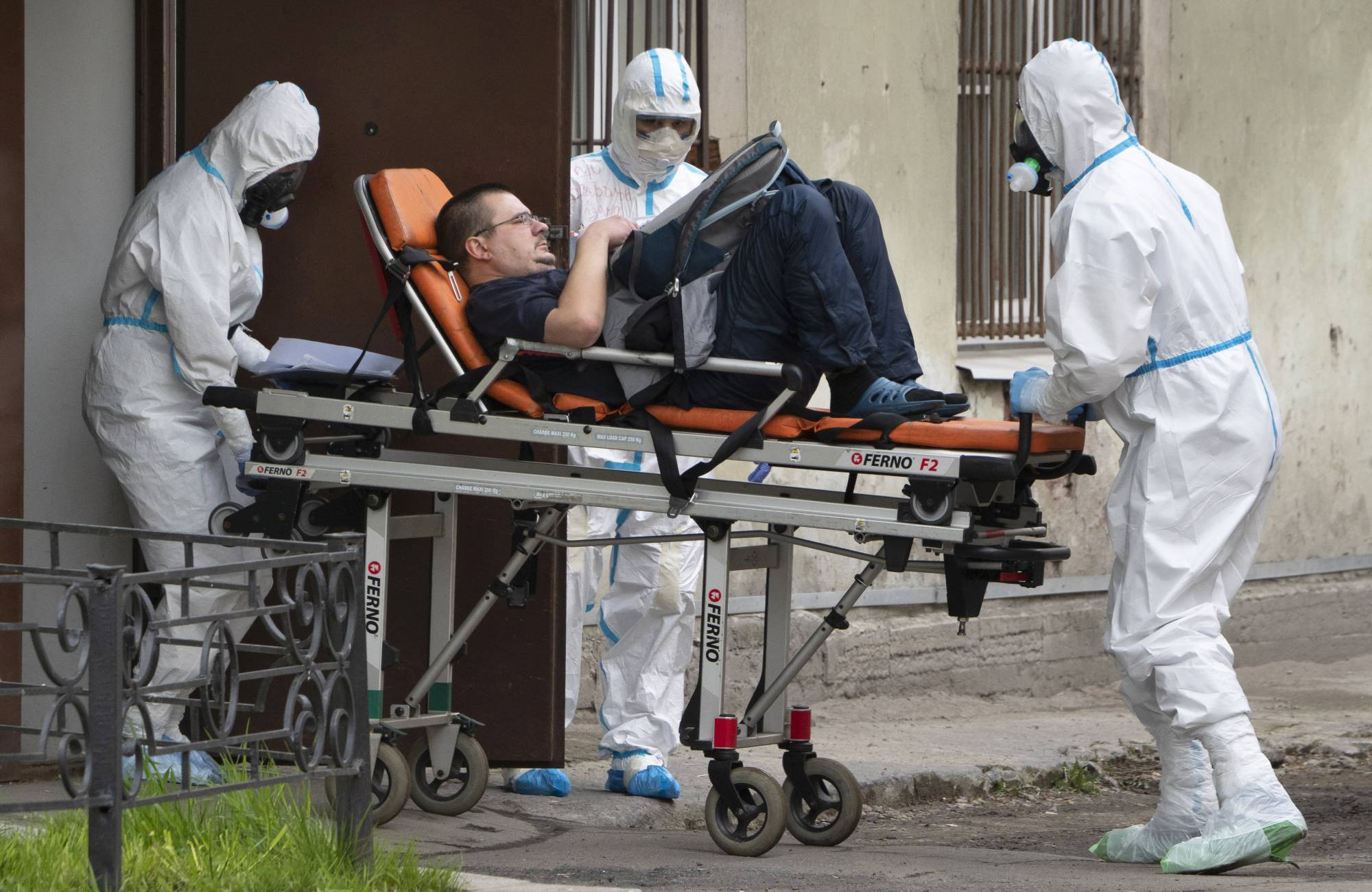It’s been an uncomfortably swift rise to the top of the coronavirus tables for Russian President Vladimir Putin. From only a handful of COVID-19 cases in early March, Russia now has more than 290,000 of them and a rate of new infections that puts it second only to the United States — a country with more than twice as many people.
Few governments have made a success of managing the epidemic. Yet the rapid spread of the illness has exposed a Russian health system that’s suffering from poor funding, incomplete reforms that neglected much of the country and a misguided attempt to replace imports of drugs and medical equipment with local production — at least until two ventilators caught fire and killed patients. An authoritarian regime that dislikes bad news and fuels disinformation hasn’t helped.
History matters here. During the Soviet period, health care was free for everyone, but it was never a priority. Quality was patchy; the service was inefficient and forever short of cash. Distorted incentives resulted in a proliferation of hospital beds and excessively long stays for patients. Doctors, most of them women, were severely underpaid and seen as low-status state employees.

















With your current subscription plan you can comment on stories. However, before writing your first comment, please create a display name in the Profile section of your subscriber account page.